In today’s increasingly competitive domestic mobile market, Huawei phones have emerged like a dark horse, standing out.
They do not blindly pursue top configurations, but instead rely on the profound accumulation of self-developed technologies, winning the love of many users.
The innovative path of Huawei phones can be described as full of challenges yet constantly bringing surprises, especially the rapid iteration of its Kirin processors, which is truly remarkable.
The support of the native HarmonyOS has elevated the user experience of Huawei’s new models to a whole new level.
Now, its smoothness can compete with mainstream flagship chips and even surpasses them in certain aspects.
In the wave of building an ecosystem with HarmonyOS, the Kirin processor is also making continuous efforts, and recently, the core specifications of the Kirin 8000A processor have been revealed, which is highly anticipated.
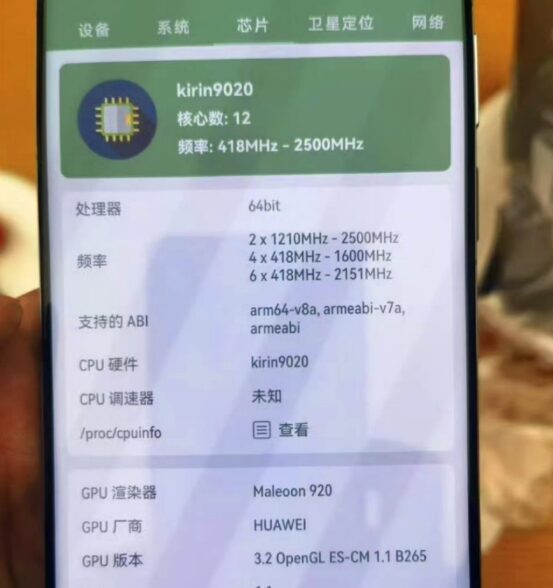
Looking back at the development history of Kirin processors, from Kirin 9000S to Kirin 9010, and then to Kirin 9020, every upgrade has brought significant performance improvements.
Especially the Kirin 9020 processor, which not only integrates 5G-A technology, but also achieves significant leaps in performance and power consumption.
Its CPU architecture features fully self-developed big, medium, and small cores, consisting of 1 big core with a frequency of 2.5GHz, 3 medium cores with a frequency of 2.15GHz, and 4 small cores with a frequency of 1.6GHz, showcasing outstanding strength.
In terms of GPU, the Kirin 9020 is equipped with the Maleoon 920 graphics processing unit, with a frequency of 840MHz, marking its performance as high-end.

However, time flies, and the Kirin processor has once again welcomed a new round of iteration. However, users did not wait for the expected Kirin 9030 processor, but instead welcomed a brand new chapter of the Kirin 8000 series chips.
It is reported that the Kirin 8000A processor has begun to reveal its true form, featuring a clever design of 3 big cores and 3 small cores, with its architecture frequency becoming clearer.
Specifically, it is equipped with three Cortex-A77 cores with a frequency of 2.189GHz, and three Cortex-A55 cores with a frequency of 1.84GHz.
In terms of performance, the Kirin 8000A is expected to be comparable to Snapdragon 7 Gen1, slightly inferior to 778G, but still has decent competitiveness.
For GPU, it adopts the standard Mali-G610, with a frequency of 864MHz, providing solid support for image processing and gaming performance.
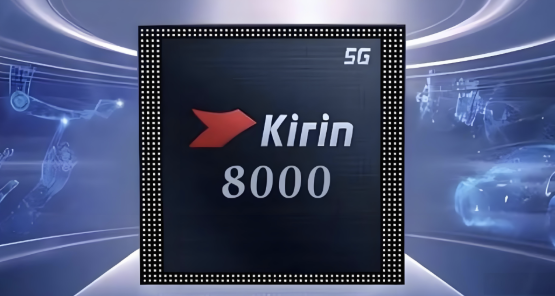
Next, let’s take a closer look at the specific configuration of the Huawei Enjoy 70X powered by the Kirin 8000A.
The device features a 6.78-inch Visionox VM3 luminous material micro-curve screen, with a resolution of 1.5K, utilizing LTPS technology, supporting 120Hz refresh rate and 2160Hz PWM dimming, with a peak brightness of 1600 nits, providing stunning display effects.
In terms of core hardware, the Huawei Enjoy 70X is not only equipped with the Kirin 8000A processor, but also features LPDDR5 memory and UFS3.1 flash storage, ensuring smooth operation and fast read/write speeds.
Additionally, the device includes a 6100mAh silicon-carbon negative battery, paired with 40W Super Flash Charge, allowing for worry-free battery life.
For photography, the Huawei Enjoy 70X features an 8-megapixel front camera and a single 50-megapixel rear camera (1/1.97 inches, RYYB sensor), with satisfactory photo results.
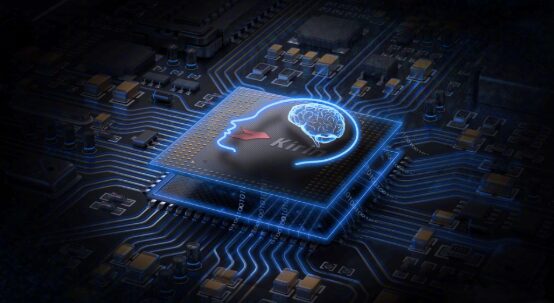
Moreover, the Huawei Enjoy 70X also features Corning Gorilla Glass screen, injection-molded aluminum frame, and Corning Gorilla Glass back cover, ensuring the phone’s durability.
Additionally, the device is equipped with a large cavity single speaker, rotor vibration motor, and short-focus optical fingerprint recognition, enhancing the user experience.
It is worth noting that the Huawei Enjoy 70X does not support NFC and infrared remote control, but supports IP53 level dust and water resistance.
Moreover, the device can be upgraded to Harmony OS 5.0 (incompatible with Android ecosystem), providing users with a cleaner and smoother system experience.
Compared to the Kirin 800 processor, the Kirin 8000A has made innovations in design. The Kirin 8000 adopts a 1+3+4 tri-cluster octa-core design, with a processor frequency of 2.4GHz, including 3 A77 big cores at 2.19GHz and 4 A55 small cores at 1.84GHz.
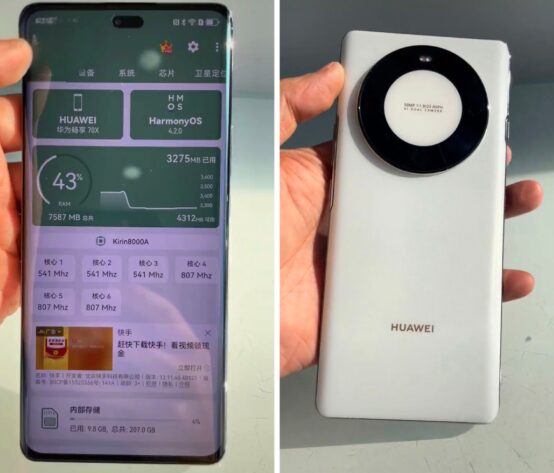
Although the main frequency is not very high, it is sufficient to meet daily usage needs. At the same time, its built-in Mali G610 864MHz GPU core has shown excellent performance in GFXBench 5.0 (1080P) tests, averaging around 45 frames.
In terms of performance, the Kirin 8000A may not pursue extremes, and may even be slightly inferior to the Kirin 8000.
However, as an independently developed domestic processor, paired with HarmonyOS, it poses no pressure in terms of smoothness for most non-gaming enthusiasts.
The native HarmonyOS can further unleash performance potential, and the Kirin 8000A, as a derivative version, brings many new changes.
It is worth mentioning that the Kirin 8000A supports 5G-A technology, a feature that even the Kirin 9010 processor lacks, highlighting its rapid iteration speed and strong appeal.
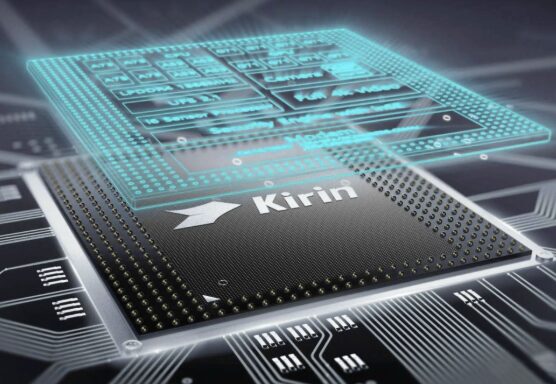
It is reported that the price of the new device is expected to be controlled between 1500 to 2000 yuan, and the author speculates it may be set at 1799 yuan, aiming to launch a strong impact on the thousand-yuan market.
In conclusion, with the rapid iteration of Kirin chips, consumers’ daily usage experience will become increasingly excellent.
For Huawei’s future development, this will also bring new opportunities and challenges.
What are your expectations for this? Let’s discuss it together!